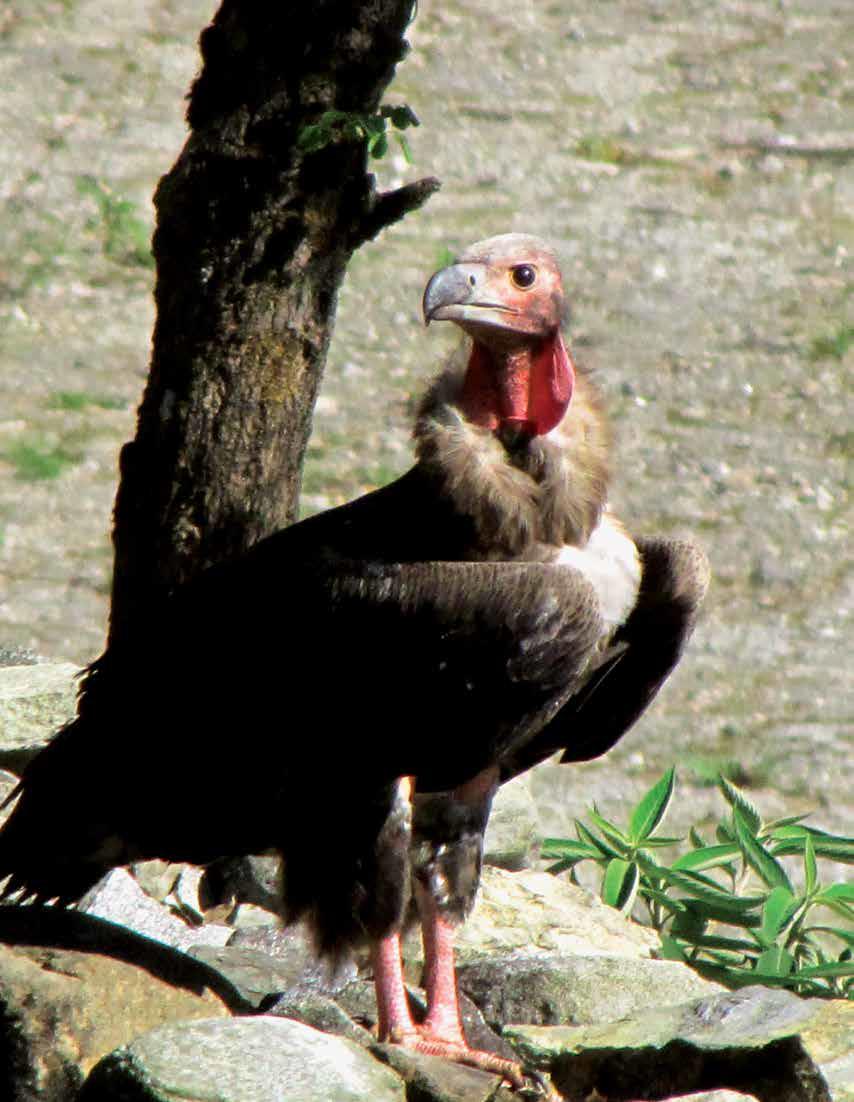Khadananda Paudel
Other projects
10 Feb 2014
Protecting the Critically Endangered Vultures of Suklaphanta Wildlife Reserve and Kailali District, Nepal through Community-Based Integrated Approaches
5 Sep 2016
Involving Veterinary Practitioners for the Conservation of Critically Endangered Vultures in Eastern Lowland of Nepal
Vulture populations in Asia are of great conservation concern. The Red-headed Vulture is one of the most threatened vulture species worldwide. Nepal is one of the most important areas for this species although species suffered an extremely rapid population decrease in the past decades. Therefore knowledge on its ecology and biology is required in order to face the decline and to apply future conservation measure. Thus this project aims to evaluate species foraging, roosting and breeding behavior of Red-headed Vulture, analyze their feeding behavior as well as interaction with other vulture species during feeding, evaluate the reasons for their decline and find out difficulties for their conservation and establish site support groups and engage local communities, local youths and university students for monitoring and protecting this species in their habitats.

© D B Chaudhary.
Red-headed Vulture is one of the most critically endangered vulture species in the world. In Nepal, its estimated population is 200-400 individuals (Inskipp et al., 2016) and has been suffering an extremely rapid population reduction in the recent past; is likely to continue into the near future and can go extinct unless effective conservation measures initiated. Additionally, very scarce knowledge exists about its feeding and breeding ecology as well as about the causes of the sharp decline of the population. Furthermore, it is possible that Red-headed Vultures might have been suffering from causes such as less availability of food, electrocution, secondary poisoning etc. Therefore detail study on their feeding and breeding ecology; causes of their decline; obstacles in their conservation actions supplemented with immediate conservation actions are urgently needed to protect this species from extinction.
On this background, this project aims to evaluate species foraging, roosting and breeding behavior of Red-headed Vulture, analyze their feeding behavior as well as interaction with other vulture species during feeding, evaluate the reasons for their decline and find out difficulties for their conservation and establish site support groups and engage local communities, local youths and university students for monitoring and protecting this species in their habitats. To achieve this, explorative surveys of Red-headed Vulture both at their known habitats and other considered as suitable for the species and regular monitoring in those sites will be done exhaustively during the breeding season; feeding behavior and their interaction with other species of vultures will be monitored in vulture safe feeding sites as well as other sites; the following factors a. food shortage b. electrocution c. secondary poisoning and d. use of Non-steroidal and anti-inflammatory Drug (NSAIDs) will be evaluated in order to investigate the potential causes of decline in Red-headed Vultures in their habitats; questionnaire surveys with local stakeholders living close to Red-headed Vulture habitats also be conducted and analysed to understand people’s perception on decline as well as conservation of this species. In addition to these, local communities will be involved in trainings, workshops and questionnaire surveys.